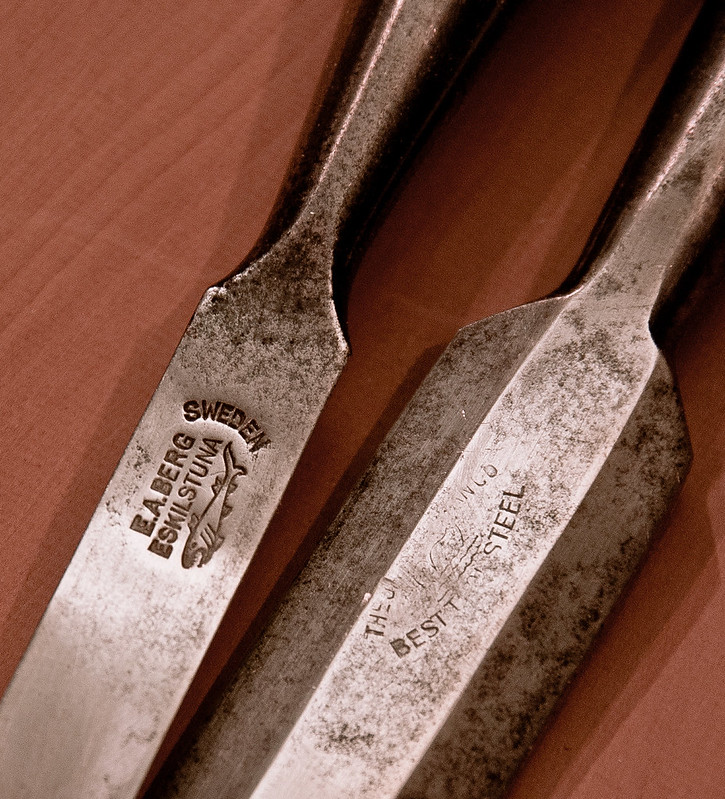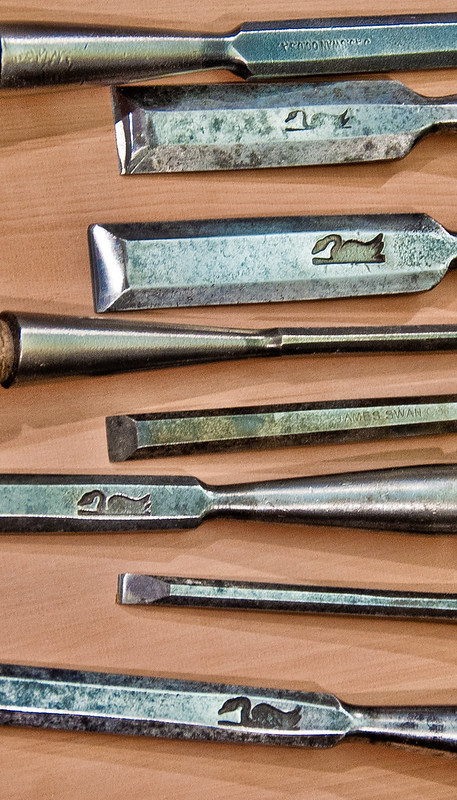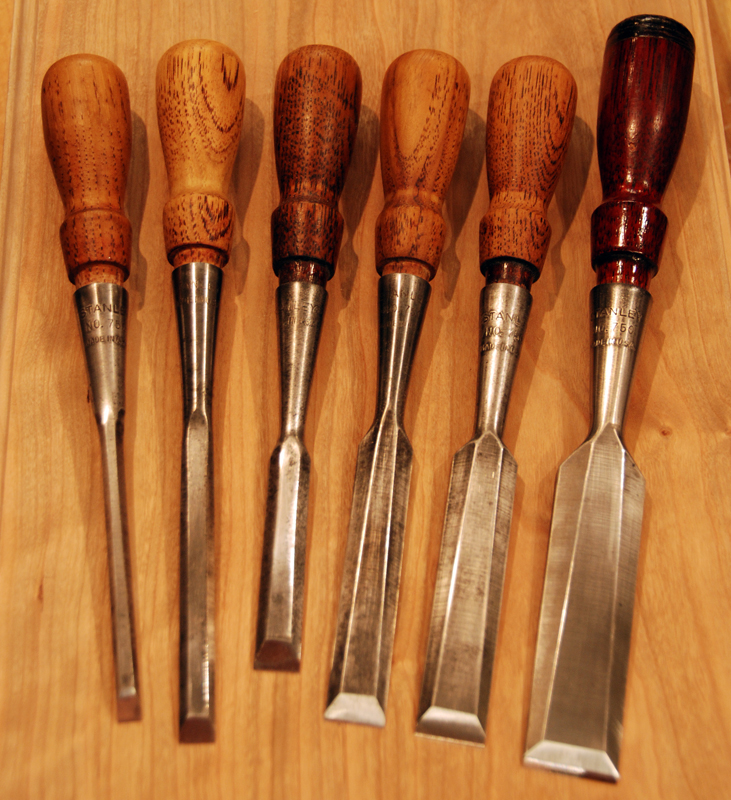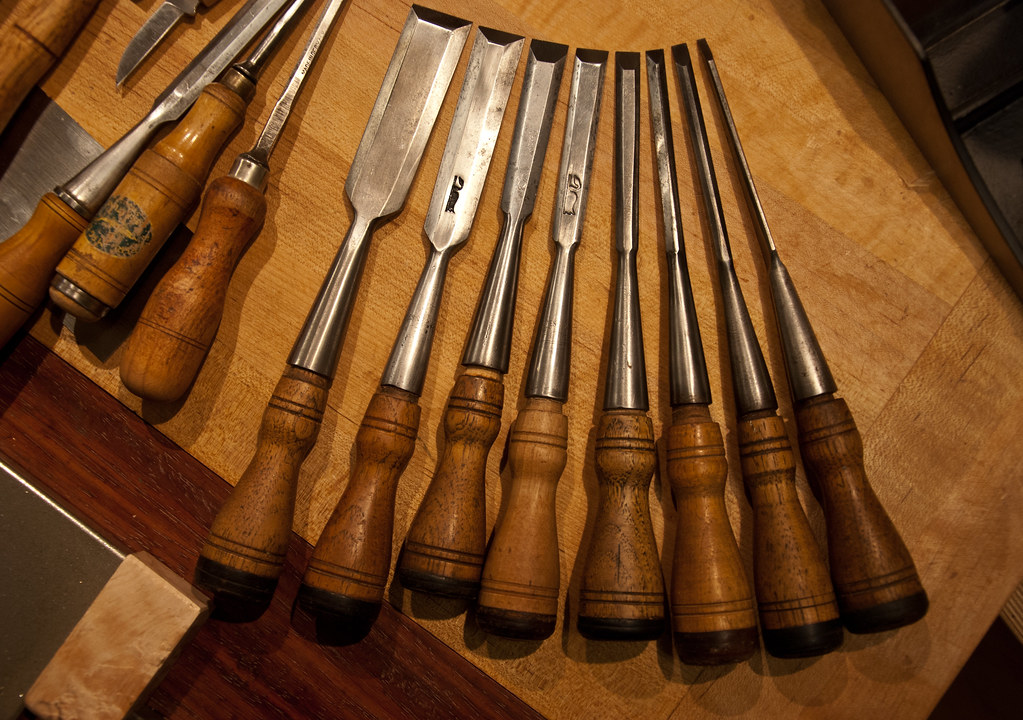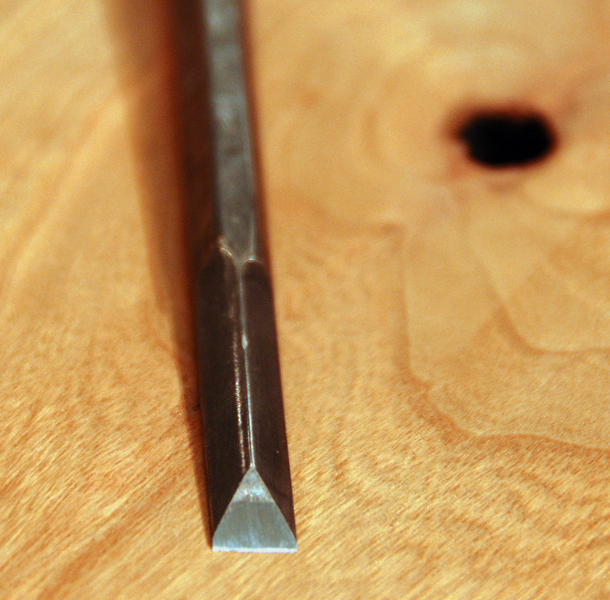Im going to buy a 1/8" chisel. I found a Narex for $7.50 and an Ashley Iles for $32.
If its ok with you folks, could we please ignore the brand names for a moment? Im trying to understand something more fundamental because (honestly) Im terribly ignorant about chisels and want to learn a bit. I think I understand that the steel can make a big difference. From various sharpening threads Ive got the basic concepts of that; e.g., changing the type of steel can change how sharp you can get a blade, and/or how long the edge will last between touch-ups.
But at the handtool newbie level, a chisel is just a piece of good steel with a well made, strong handle. Of course I know better, but learning why is the point of this thread. What else makes one chisel higher quality than another?
Ive learned enough from you folks that I could probably answer this question for hand planes. I mean, its pretty clear why a LN plane is better than a Buck Brothers or Kobalt. But planes have far more to them than a chisel seems to.
Will you please teach me?
Thank you!
Fred




 Reply With Quote
Reply With Quote
